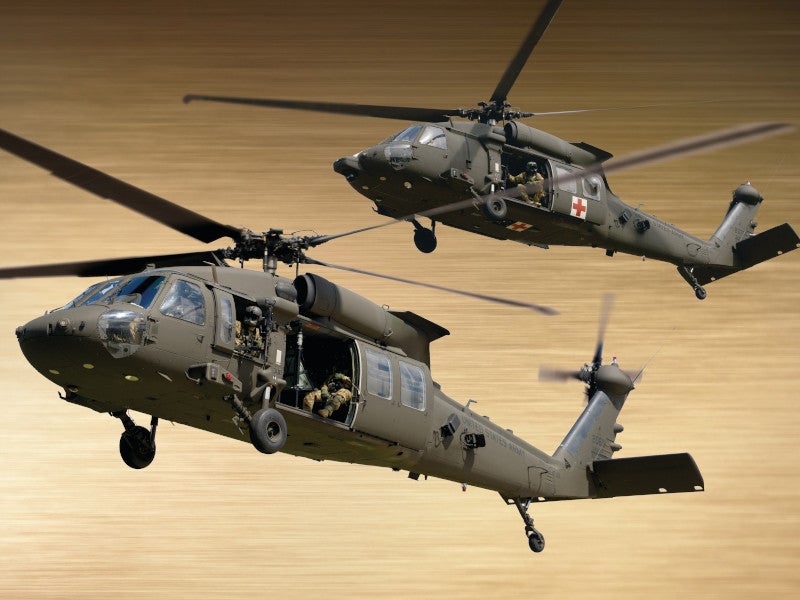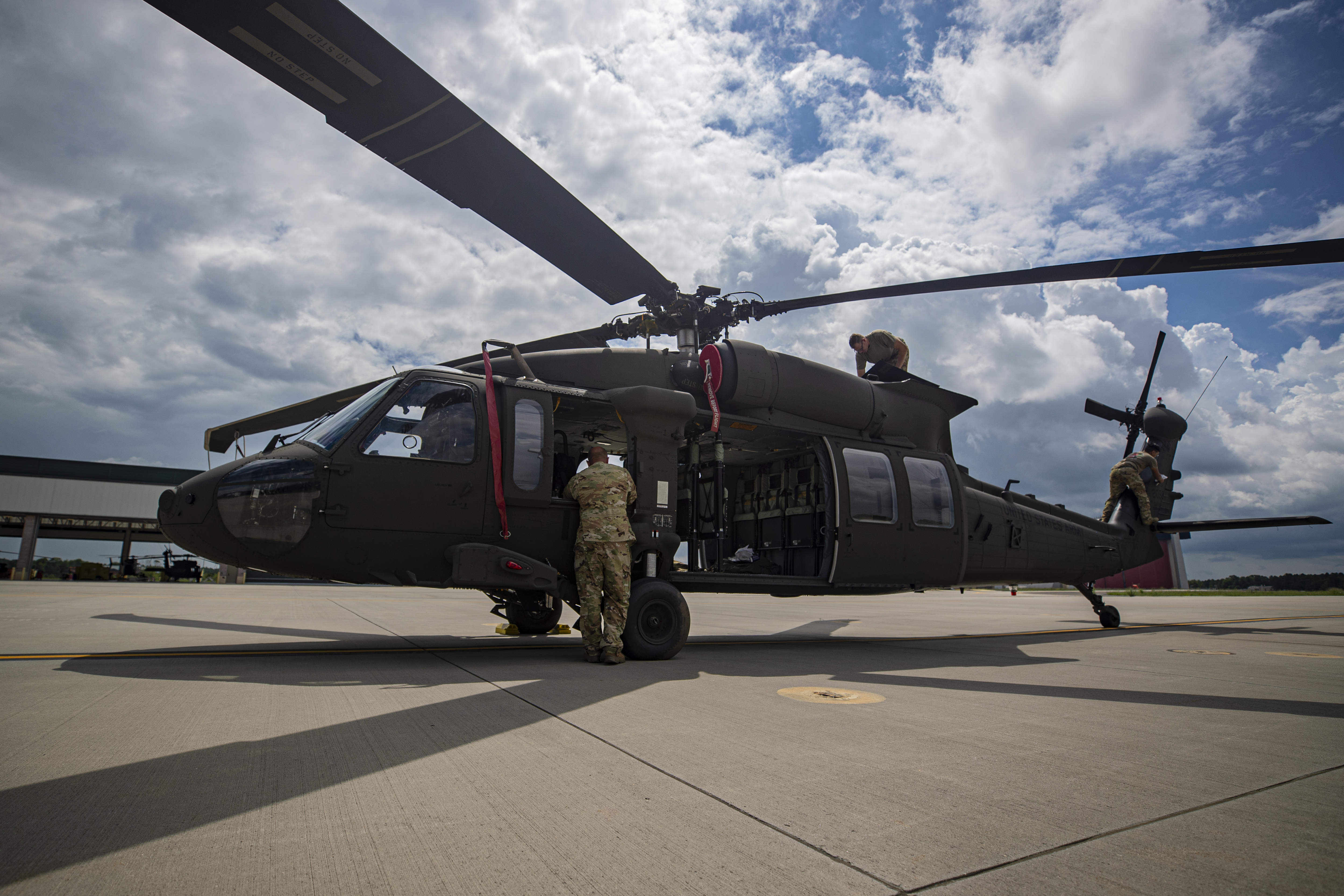UH 60 Black Hawk: Army Helicopter Attributes and Capacities
UH 60 Black Hawk: Army Helicopter Attributes and Capacities
Blog Article
A Comprehensive Overview to the Upkeep and Care of Airplane for Longevity
The long life of an aircraft hinges significantly on its upkeep and care, demanding a structured strategy to make sure optimum efficiency and safety. Recognizing the intricacies of these techniques can be complex; therefore, it is necessary to check out the vital aspects that contribute to effective airplane care and the implications of neglecting these obligations.
Relevance of Routine Maintenance
Normal upkeep is essential for the safety, efficiency, and durability of aircraft. An organized method to upkeep makes sure that all parts function optimally, thereby minimizing the danger of mechanical failure during procedure. Regular evaluations and maintenance enable professionals to recognize potential issues before they intensify into substantial issues, guaranteeing that the aircraft continues to be in compliance with air travel laws.
Furthermore, maintaining an airplane according to the manufacturer's standards is essential for protecting its value. A well-documented upkeep history can improve resale leads and instill confidence in prospective customers. Furthermore, routine upkeep contributes to functional performance, as it aids to enhance fuel intake and performance metrics, resulting in set you back financial savings with time.
Additionally, regular upkeep adds to the general safety and security of flight procedures (uh 60). By resolving deterioration promptly, operators can reduce dangers connected with aging airplane systems. This positive strategy not only protects the lives of guests and team but likewise safeguards the airplane itself against catastrophic failings

Daily Assessment Checklist
Exactly how can pilots and maintenance teams guarantee the aircraft is in optimum problem before each flight? The response hinges on a detailed everyday examination list, which serves as an important procedure to recognize prospective concerns that can endanger safety and efficiency. This list needs to incorporate a number of key locations, consisting of outside and interior evaluations, along with practical checks of crucial systems.
Starting with the exterior, teams should examine the airframe for any kind of visible damages, leakages, or indicators of corrosion. Focus should be paid to regulate surfaces, landing gear, and the problem of tires. Relocating to the interior, the team must confirm that all controls and instruments are operational, guaranteeing that electronic systems are functioning correctly.

In addition to architectural checks, it is essential to check gas levels and validate that all required documents, including registration and weight and balance information, depend on day. Ultimately, an evaluation of emergency situation devices, including life vests and fire extinguishers, must be carried out to make certain compliance with safety guidelines. By diligently following this day-to-day assessment checklist, pilots and maintenance staffs can substantially boost the safety and integrity of their aircraft.
Arranged Maintenance Programs
Scheduled upkeep programs are vital for the long-term safety and effectiveness of aircraft procedures. These programs are designed to make certain that all aircraft components go through routine assessments, upkeep, and needed repair services at established periods. By adhering to an organized upkeep timetable, operators can significantly decrease the risk of in-flight failures, improve aircraft dependability, and extend the lifespan of crucial parts.
Typically, set up upkeep is categorized into numerous degrees, including A, D, c, and b checks, each with distinct needs and thoroughness. A checks are normally a lot more frequent and concentrate on standard aesthetic examinations and small repair work, while D checks are more thorough and occur less regularly, including substantial disassembly and overhaul of the airplane.
Regulative bodies, such as the FAA and EASA, mandate compliance with certain maintenance routines based on aircraft type and use. Operators needs to keep precise documents of all maintenance executed to show conformity and help with examinations. The integration of anticipating upkeep modern technologies can better boost the performance of scheduled programs by determining possible problems prior to they escalate, consequently guaranteeing that hop over to here aircraft continue to be in ideal condition and all set for risk-free procedures.
Look After Airplane Interiors
Caring for airplane interiors is critical not only for passenger convenience however likewise for keeping the general worth and security of the aircraft. Routine cleaning and maintenance of the indoor components contribute considerably to a positive flying experience while preserving the airplane's aesthetic charm.
To make sure optimum care, it is important to develop a routine cleaning schedule that includes vacuuming rugs, wiping down surface areas, and disinfecting high-touch areas. Upholstery and seats should be checked for wear and tear, with any kind of damages quickly addressed to avoid more deterioration. Furthermore, focus needs to be provided to the galley and lavatory locations, which call for complete cleaning and restocking of products to maintain health.
Moreover, making use of suitable cleaning agents is vital; harsh chemicals can harm materials and surfaces, so it is a good idea to make official statement use of items especially designed for airplane interiors. Regular examinations ought to also be carried out to determine any type of maintenance requires, such as changing worn-out seat covers or repairing home window tones. By focusing on the care of aircraft interiors, drivers can enhance the general passenger experience and protect the financial investment in their aircraft.
Comprehending Regulative Compliance
Regulatory conformity is an essential aspect of aircraft upkeep, usually needing drivers to abide by a complicated framework of regional, nationwide, and global standards. This structure is primarily established by air travel governing bodies such as the Federal Aviation Administration (FAA) in the United States and the European Union Aviation Safety And Security Company (EASA) in Europe - uh 60. These companies state laws that govern numerous aspects of try this out airplane upkeep, including airworthiness, safety and security methods, and functional treatments

Furthermore, operators should remain informed about modifications in policies and join training programs to guarantee that their personnel is well-informed about compliance requirements. Failing to abide by these policies can lead to extreme charges, consisting of penalties, grounding of airplane, or loss of accreditation. Understanding and sticking to governing compliance is critical for the long life and safety of airplane procedures.
Final Thought
In final thought, the upkeep and care of airplane are vital for guaranteeing longevity, safety and security, and operational performance. Interest to the airplane's inside and compliance with regulative requirements substantially add to preserving its value.
The durability of an aircraft pivots dramatically on its upkeep and treatment, demanding an organized method to make certain ideal performance and safety and security. By carefully following this daily evaluation checklist, pilots and maintenance crews can considerably boost the safety and dependability of their airplane.
These programs are made to ensure that all aircraft parts undergo regular examinations, maintenance, and needed repair services at predetermined intervals. By prioritizing the treatment of aircraft insides, operators can boost the overall guest experience and secure the financial investment in their airplane.
In final thought, the maintenance and care of airplane are vital for making sure long life, safety, and operational performance.
Report this page